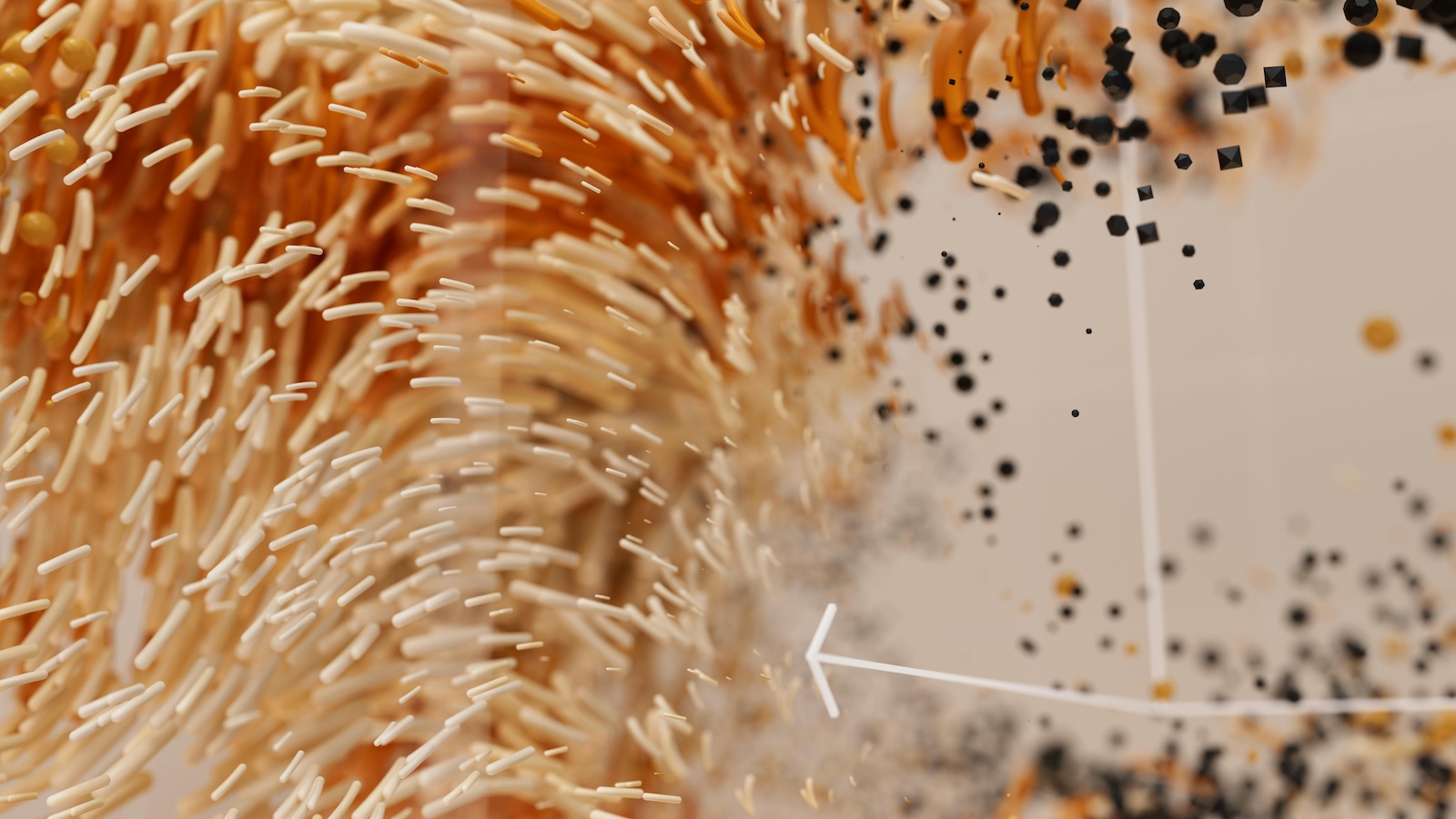How can P&C insurers remain profitable in 2024?
Insurers ended 2023 with a combined ratio of 103.3%. Numerous challenges contributed, including inflation, climate change and rising reinsurance rates. While these challenges largely lie outside insurers' control, the times signal a need for strategic technological adoption to help them offset difficult seasons.
AI has emerged as a formidable tool in this battle, particularly advancements in computer vision models and large language models (LLMs).
When we delve into these specific AI use cases, their real-time impact becomes evident. Computer vision and machine learning models trained on aerial imagery and geospatial data can generate detailed attributes of property condition. LLMs tell underwriters anything they need to know about a property to reveal otherwise unknown insights.
How does leveraging these tools help insurers streamline operations, minimize losses and cut expenses? Let’s explore.
Maximizing Insights Through Computer Vision
One key to overcoming profitability hurdles isn't relying solely on technology or aerial imagery alone. It involves unlocking deeper insights and better managing risk exposure through AI-driven insights from aerial imagery. Underwriters armed with this technology get a comprehensive view of risk exposure, allowing them to see the unseen for any property in their portfolio.
Computer vision models scan property imagery to detect and spotlight specific attributes, such as missing shingles on a roof, ponding and tree overhang. With up-to-date imagery, insurers can swiftly communicate any changes in risk exposure to the insured. For instance, a property with significant tree overhang may lead to problems with the insured’s roof. If the roof condition has dramatically degraded, insurers can demonstrate the new risk factors to the insured, helping both the insured and insurer. The insurer can also take immediate policy action and avoid surprises at renewal. Proactivity not only helps bridge insurer-insured communication gaps but also predicts and prevents potential losses before they happen. It’s a win for everyone.
Consider the insurance customer that slashed time service from 5.5 days to 1.5 with the addition of property intelligence-based computer vision technology. The ability to bypass traditional, time-consuming physical inspections had a huge financial impact. That same customer produced a true run rate savings of over $1.4 million. For a company with $200 million in direct written premium, this reduction in budget and external inspection costs as well as the expedited service delivery was significant for our customer, the agent and ultimately, the insureds.
See also: AI at the Center of CL-AI-MS
Generative AI and LLMs
As exciting as the boom of LLMs has been, with the rise of OpenAI, this form of AI isn’t new, but the nuances of its applications are. So what role do LLMs play in profitability?
Consider the use of computer vision to manage property risk already discussed, and now pair these insights with an LLM. You move from seeing every detail to being told every detail of property condition and risk exposure. This includes structural vulnerabilities and location-specific hazards, parsed from an aggregation of datasets that include real estate databases, weather patterns and claims history.
An underwriter can now say, “Tell me what I need to know about this property,” or, “Tell me what I need to know about the geography.” Or more specifically, perhaps the underwriter is looking at properties in a coastal, flood-prone area. They may first ask, “Can you tell me about the annual average precipitation in the area?” And then can follow up by saying, “Show me the first floor height of this property.” In essence, the LLM will not only relay factual data but apply advanced algorithms to project future risk scenarios, providing a probabilistic forecast of flood events and their potential impact on the property’s value and insurability.
This is significant when you consider what an underwriter typically does when writing new business. Rather than rely on a single source of truth, they are forced to order costly physical inspections, check multiple websites to ensure data is accurate and leverage mapping software without AI insights. Underwriters can dramatically reduce the time and expense of these tasks by incorporating holistic data on properties, in addition to ML-derived data, and fusing these sources together in an LLM. From there, an LLM sifts through the entire portfolio of properties, automating the extraction of key data points and synthesizing them into a clear view of risk. It's akin to consulting an insurance genie to surface the most comprehensive answers. This new process helps underwriters better understand their risk profile, manage policies and optimize their time and expertise where it’s needed most.
See also: Balancing AI and the Future of Insurance
AI’s Future in P&C Insurance
P&C insurers should seriously consider leveraging AI for profitability and efficiency. Although it is still early to see AI’s full financial impact, and questions loom about bias and regulatory issues, it is likely here to stay. The insurance industry has highs and lows, but the right AI tools can be the constant that helps insurers remain steady when rough patches come. Not to mention, investing in it now will set new standards for innovation, streamline operations and dramatically enhance workflows for the future.






